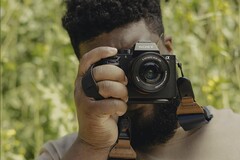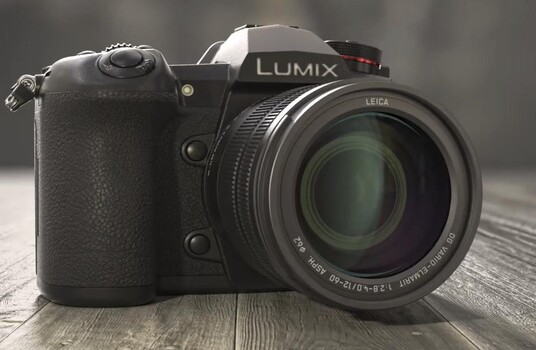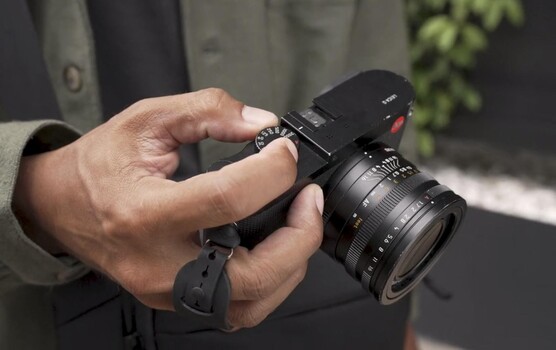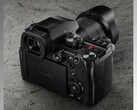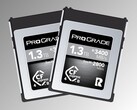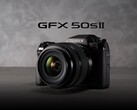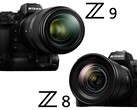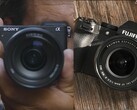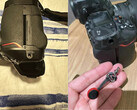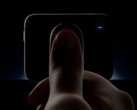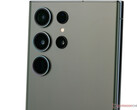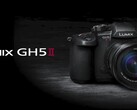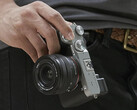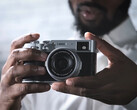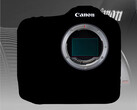1. Figure out what you want to do and shop accordingly
If you're just getting started, you might not know exactly what you want to do, and you're almost certainly not going to be doing any professional work with your first camera, but it helps to think of what inspired you to get into photography in the first place, so that you know what exact specifications to look for. For example, the superb image quality of a medium-format camera is going to be irrelevant to a sports photographer, while a smaller APS-C sensor might not cut it for an event photographer who often shoots dark scenes.
If you often go on hikes or want to do street photography, for example, a camera with a small body is likely going to be more important than top-of-the-line features. Some of this comes down to personal preference, but having a goal-oriented approach towards your gear-buying decision is essential in determining what you should buy.
Setting a budget is equally important, since you can invest as little as US$250 in a used M4/3 camera or go well north of US$5,000 on a pro-grade full-frame camera. Ideally, a beginner should budget between US$500 and US$1,000 for a camera body, with around US$200 in a back pocket for accessories and other kit.
2. Keep an open mind
It's easy to get caught up in the fancy features and spec sheets when looking at cameras, but it's vital to avoid the pitfalls of buying brand-new gear. To avoid buying a camera with features you don't need or spending way too much money and still not getting what you wanted, there's a middle ground — buying used or new old stock.
A camera like the new Fujifilm X-S20 is an excellent all-rounder, but the Fujifilm X-S10 shares the same sensor and has many of the same features. There were some substantial upgrades that happened in the jump from the X-S10 to the X-S20, including video quality bumps, autofocus tweaks, major improvements to the burst photography buffer, and battery life improvements. Whether those upgrades are worth potentially spending hundreds of extra dollars is up to you, but there's a solid argument to be made for buying the older camera in this instance — especially for a beginner.
You could buy a new Fujifilm X-S20 for US$1,299, or you could go onto a site like KEH and buy a used X-S10 in almost perfect condition for as little as US$880. Buying used is always an option to get good bang for the buck, especially if the camera you have your eye on has been out for a while. Alternatively, you could consider how well its predecessor would suit your needs and go for that, instead.
3. Think outside the camera body
A camera on its own is basically a paperweight without all the other stuff that goes into, onto, and otherwise around it. The primary accessory you'll need as a photographer starting out is a good lens collection.
Unless you're explicitly planning on doing wildlife, macro, or aircraft photography, you're going to want to cover at least the basic 18-70 mm focal length range. You can do this with a fairly basic 18-55 mm or 24-70 mm zoom lens, but it's also a good idea to get hold of at least one versatile prime lens of around 35 mm to 50 mm with a fairly high aperture. As you get into the hobby and figure out what you want to photograph more of, you'll realise you might need a wider prime lens or a longer zoom with a wider aperture, or even a macro lens.
The other consideration when it comes to lenses and accessories is that amassing a lens collection can be more expensive than buying camera bodies. Once you build out a lens collection around a particular system, it's not easy or cheap to switch systems. With that in mind, if you know what type of shooting you want to do, look into what brand most professionals in that field use and why.
Lenses are one thing, but it's also important to budget for things like filters, bags, straps, and tripods. If you're going to be doing a lot of street photography, you might get away with a set of ND filters and a monopod stuffed into a small backpack or messenger bag. On the other hand, an aspiring landscape or wildlife photographer is almost certainly also going to need UV filters, a tripod, and a sizeable, comfortable backpack to carry all their gear and lenses on hikes.




